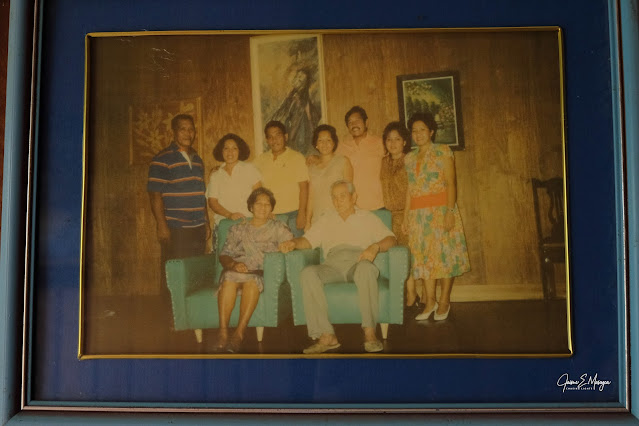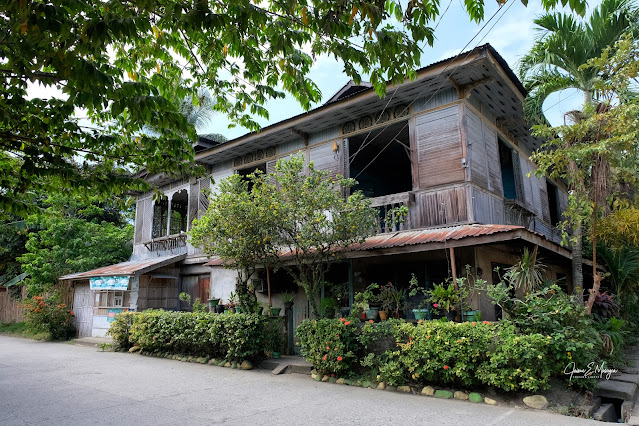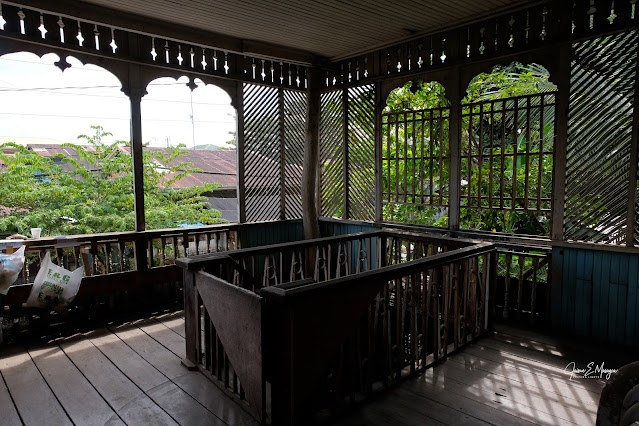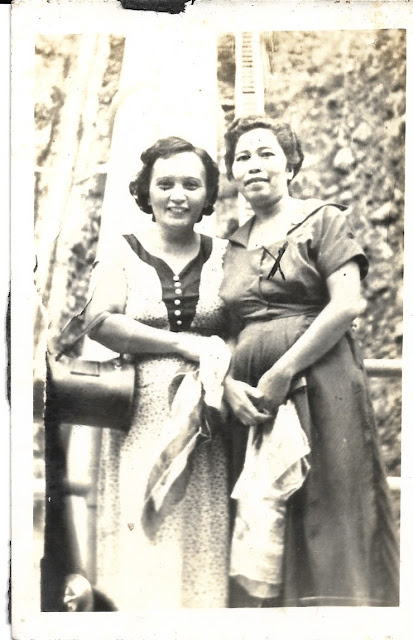Jaime E. Masagca
#advocatusdiaboli
#chasinglightschasingdreams
DON ADOLFO MORTOLA Y CABRERA (
March 13,1877- May 7,1962) Don Adolfo, whose name granddaughter, Tressa Adelfa, was taken, is a Spanish-Italian gentleman who at the age of 15 married Eufemia Dagani (September 16, 1884 - December 12, 1964) then age 14 and one of the daughters of Lorenzo Dagani, whose roots are from Garcia-Hernandez in Bohol.
Adolfo has brothers, Gabriel, Jose (Pepe), Federico (Bamba), and sister Amparing, and the former with his brother Gabriel were migrants to Cabdabaran, Agusan del Norte, from Zamboanga City.
Don Adolfo and his brother Gabriel
While the family name Mortola is said to be of Italian origin it has a Spanish Coat of Arms as certified by the Chronicler and King of Arms Don Vicente de Cadenas y Vicent, making the family also of Spanish origin.
Mortola Inferiore, often known as La Mortola, is a frazione of the comune of Ventimiglia, in the province of Imperia, in Liguria, Italy, is but one of the places in Italy.
 |
Don Adolfo Mortola Y Cabrera also served as the 5th Mayor (1910-1911) of what is now Cabadbaran City, Agusan del Norte |
 |
Don Adolfo and Eufemia Dagani Mortola |
 |
A more recent family photo of the Mortolas |
 |
Facade of the Mortola Ancestral House |
 |
The renovated portion of the Mortola Ancestral House |
 |
Interior of the Mortola House |

 |
Cesar D. Mortola house at Asis and Rara St., Caadbaran City |
The Dagani Sisters, Eufemia Mortola, Andrea Paduganan, and Crispina Alburo had their family residences built on each of the three corners of A. Mortola and L. Dagani Streets. Another Dagani sibling, Lola Alang (Pascuala Maamo), settled somewhere else.
 |
Andrea Dagani-Paduganan Ancestral House |
 |
Interior of the Paduganan House. The house may have deteriorated but still has traces of its old glory and elegance. |
 |
Crispina Dagani-Alburo Ancestral House, now known as Casa Alburo repurposed as part of a hotel |
 |
Interior of Casa Alburo |
People swear that in the early days at midnight especially when it's full moon one may hear a piano playing in the Alburo house and usually joined by pianos in the Paduganan and Mortola houses.
 |
| Mortola St. at night, where at midnight invisible piano players from the Mortola and Paduganan houses are heard. |
Dario Mortola (+) narrated that one time he and his friends loudly criticized the “invisible pianist” and clearly the latter banged on the keyboards that sent them scampering. (Dario died a few months after this writing and is survived by his wife Rosini Gregorios of Iloilo City, and their three children.
The Mortola ancestral house cannot be alienated from another prominent house, the grand Atega Ancestral House built in 1904 because the families were united by the intermarriage of Don Andres Atega and Don Adolfo Mortola’s children. Pedro Atega married Adela Mortola and Nestorio Mortola married Canuta Atega.
(The text was compiled from memory and readers are welcome to comment and offer additional info or corrections. Sincere thanks to Ms. Eva Olofernes for the hospitality, Kirk Benedick Mortola Corvera for driving me around, and the Mortola Clan for the info.)
 |
Soledad Gonzales Roa-Duterte (Photo downloaded from Google) |

















No comments:
Post a Comment